The Philippines Signs a Country Programme Framework (CPF) with the International Atomic Energy Agency (IAEA) for 2016-2021
- Details
From the International Atomic Energy Agency
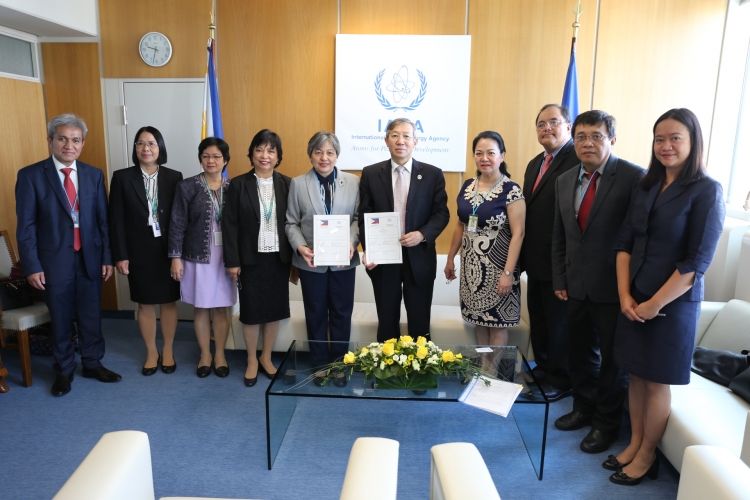
Ms Carol M. Yorobe, Undersecretary of the Department of Science and Technology, and Mr Dazhu Yang, IAEA Deputy Director General and Head of the Department of Technical Cooperation, have signed The Philippines’s Country Programme Framework (CPF) for the period of 2016 - 2021 on 31.05.2017. A CPF is the frame of reference for the medium-term planning of technical cooperation between a Member State and the IAEA and identifies priority areas where the transfer of nuclear technology and technical cooperation resources will be directed to support national development goals.
The Philippines has been an IAEA Member State since 1958. Its 2016-2021 CPF identifies six priority areas:
- Food and Agriculture
- Natural Resources and Environment
- Energy
- Industry
- Human Health
- Nuclear Safety and Security
DepEd NCR Writeshop on Nuclear Science at PNRI
- Details
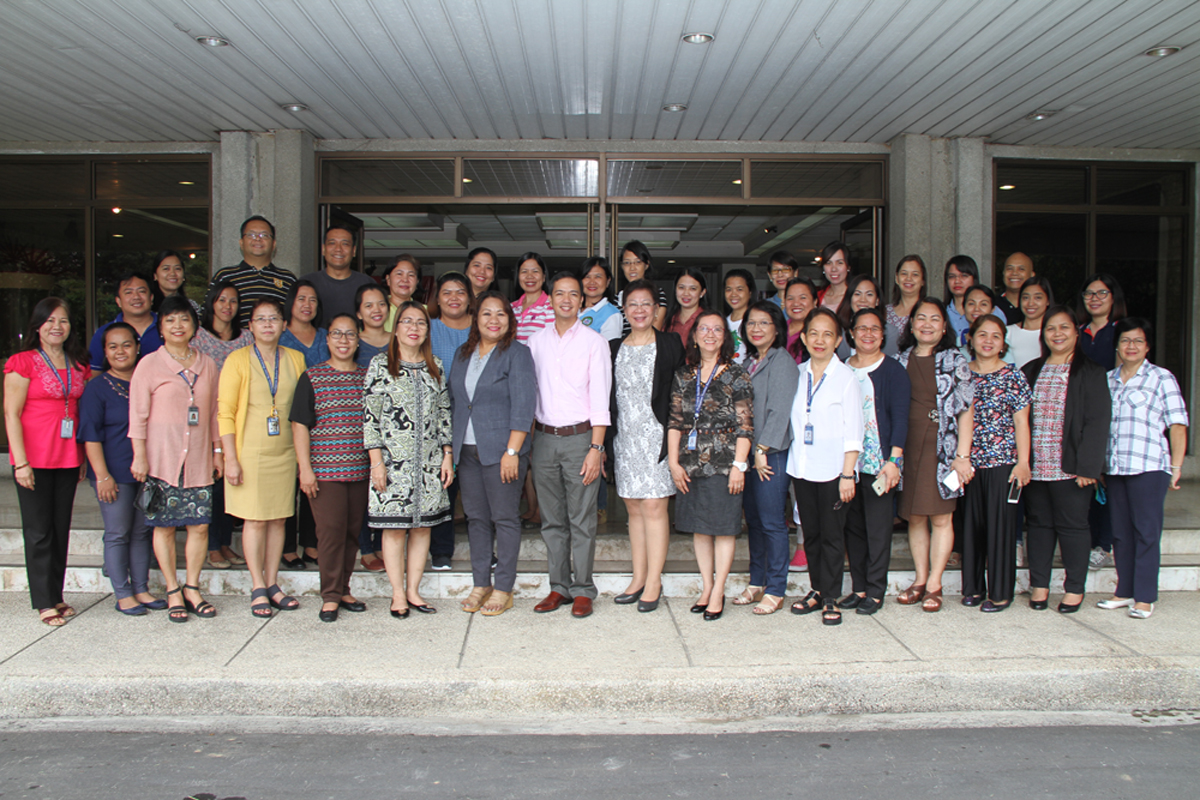
PNRI Officer-in-Charge Dr. Carlos Primo David and DOST Science Education Institute Director Dr. Josette Biyo (1st row, 8th and 9th from left, respectively) with PNRI and Department of Education - National Capital Region (DepEd - NCR) officials and participants of the Writeshop on Lesson Exemplar Integrating Nuclear Science at PNRI Auditorium, Diliman, Quezon City (May 23, 2017)
PNRI Hosts Regional Workshop on Receptor Binding Assay for Red Tide
- Details
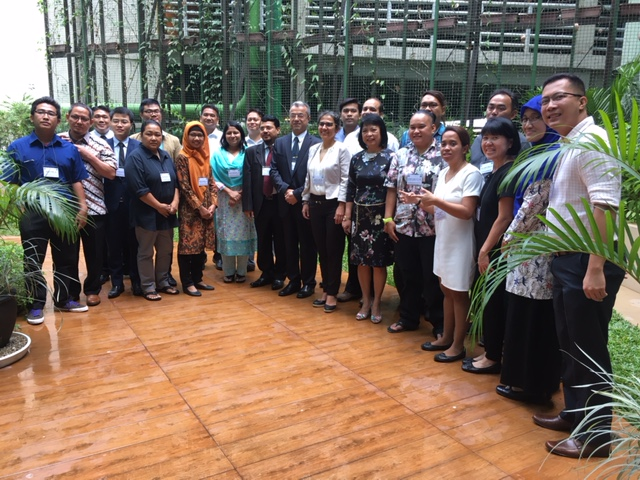
The participants of the Regional Workshop on Receptor Binding Assay (RBA) Method Validation and Related Statistical Approaches
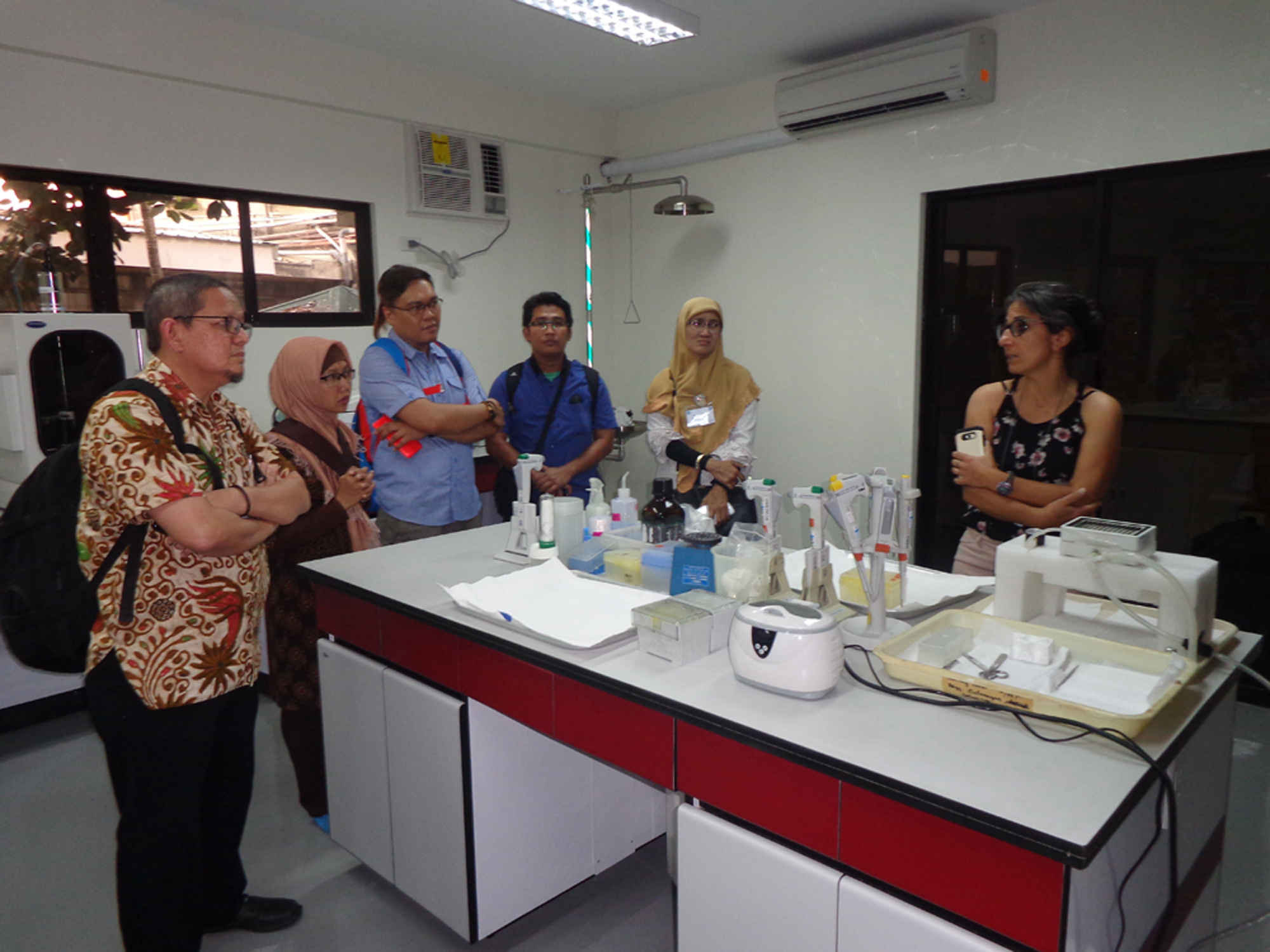
IAEA expert Ms. Maria-Yasmine Bottein (extreme right) with some workshop participants visiting the PNRI RBA laboratory
PNRI Hosts Regional Workshop on Receptor Binding Assay for Red Tide
Taking another step in improving the detection of the dreaded red tide among countries in Asia and the Pacific, the Department of Science and Technology – Philippine Nuclear Research Institute (DOST-PNRI) hosted a Regional Workshop on Receptor Binding Assay (RBA) Method Validation and Related Statistical Approaches at the Novotel Manila Araneta Center in Quezon City.
Two experts from the International Atomic Energy Agency (IAEA) and 19 representatives from Bangladesh, Indonesia, Kuwait, Malaysia, Marshall Islands, Palau, the Philippines, Thailand and Vietnam participated in the week-long workshop held from April 24 to 28. The event also incorporated the Third Coordination Meeting for IAEA Project RAS 7026, under which the workshop was conducted.
The project aims to spread the use of RBA as a more efficient detection method for harmful algal blooms (HABs), more commonly known as red tide, which poses a serious threat to the health and livelihood of people in coastal areas.
Being an archipelagic country, the Philippines contributed greatly in the development of the method, with PNRI being designated as an IAEA Collaborating Center for Harmful Algal Blooms in 2005 and 2010. PNRI’s research work on the RBA method particularly involved its applications for paralytic shellfish poisoning caused by consuming mussels contaminated with saxitoxin from algal blooms.
The RBA method was approved in 2011 by the Association of Official Analytical Chemists (AOAC) and was recently transferred by PNRI to the Bureau of Fisheries and Aquatic Resources (BFAR) as an update to their older Mouse Bioassay method.
For this year, the workshop aimed to sustain the HAB studies in the Asia-Pacific Region and expand the RBA method to other types of toxins. An important aspect of these efforts is the continued validation of the method for specific types of toxins such as such as the ciguatoxin responsible for ciguatera fish poisoning.
The workshop also emphasized the provision of comparable quality of data among the participating countries and the need for statistical approaches to deal with uncertainties in the researchers’ data. These will be taken into consideration in a harmonized and standardized measurement approach for the RBA method. Each participant also reported its overall progress on the status of HAB studies in their respective countries.
Learn more about PNRI's research and development on the Receptor Binding Assay (RBA) technology for Harmful Algal Blooms, more commonly known as "red tide" in this episode of APRUB (NET 25) featuring PNRI Chemistry Research Section Senior Science Research Specialist Mr. Rhett Simon Tabbada.
PNRI GSRGP Grantee Wins 1st Place at PSSST Conference
- Details
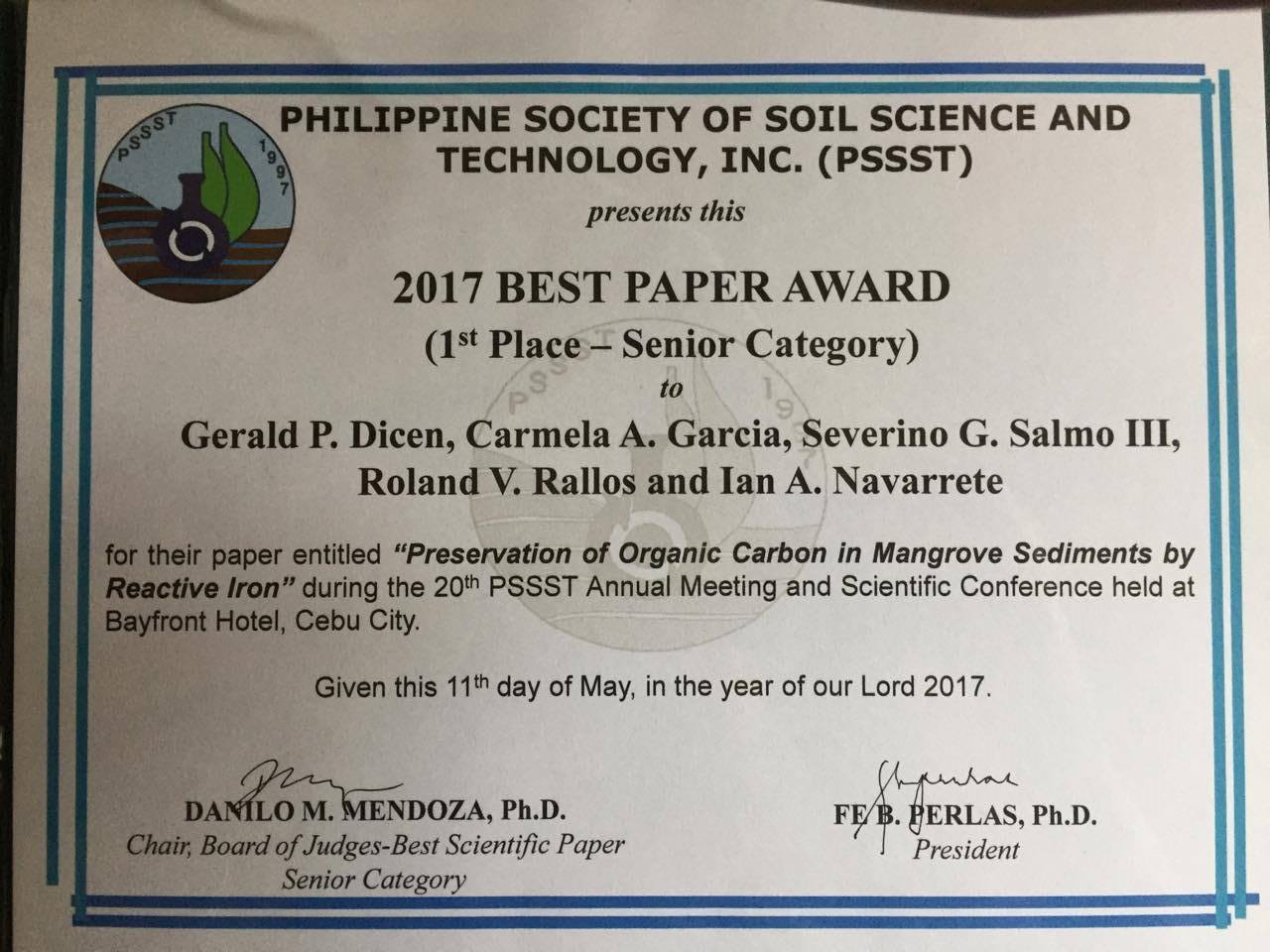
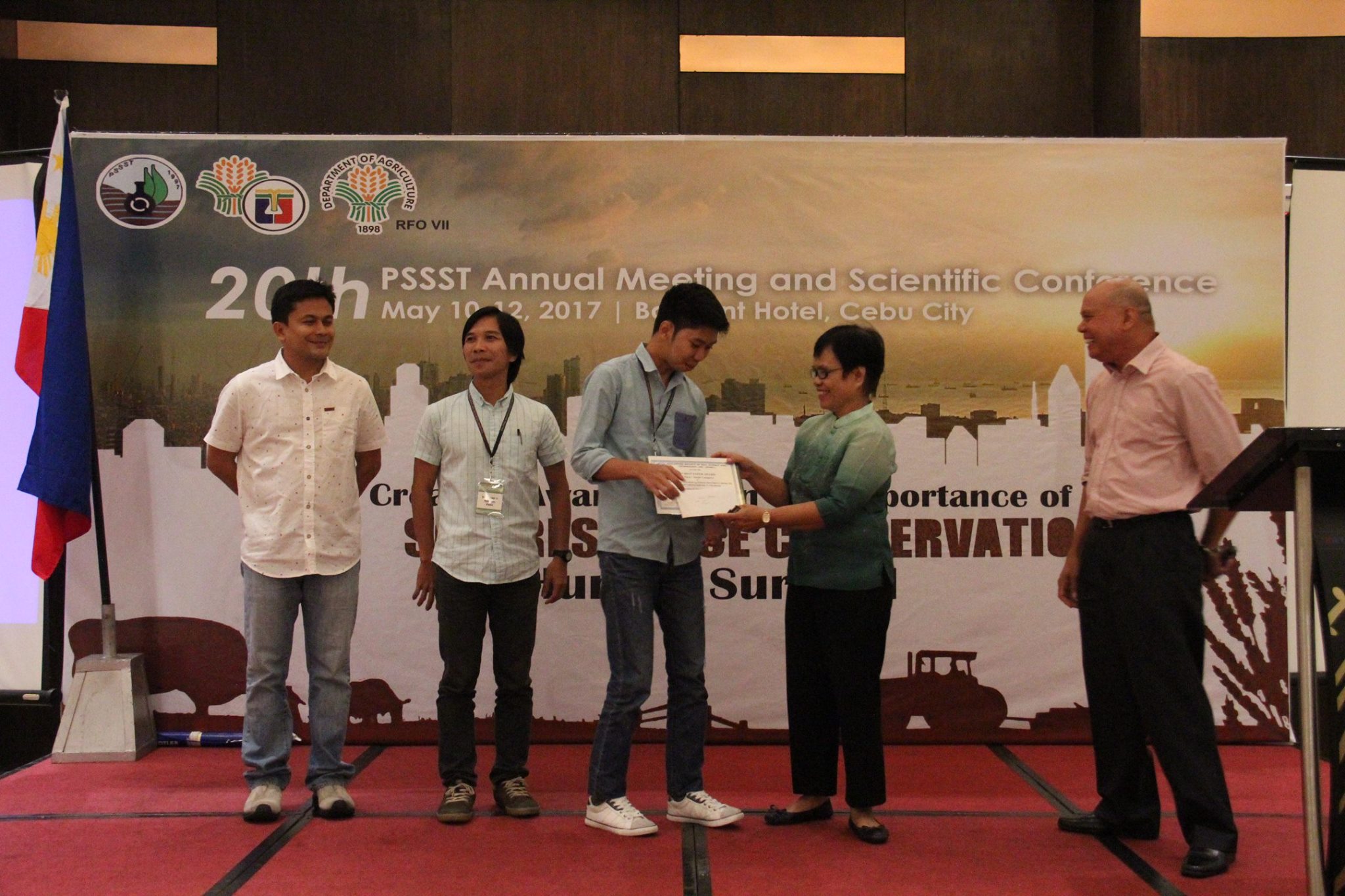
Congratulations to PNRI Graduate Student Research Grant Program grantee Mr. Gerald Dicen, an MS Environmental Science student from Ateneo de Manila University, for bagging the 1st Place Best Paper Award in the Senior Category during the 20th Philippine Society for Soil Science and Technology, Inc. (PSSST) Annual Meeting and Scientific Conference held from May 10-12, 2017 in Cebu City.
The paper entitled "Preservation of Organic Carbon in Mangrove Sediments by Reactive Iron" was the result of a collaborative effort between the Ateneo de Manila University - Environmental Science Department and the Philippine Nuclear Research Institute.
Mr. Roland Rallos, a Science Research Specialist of the PNRI Agriculture Research Section, served as one of Mr. Dicen's advisers and co-authors.
The PNRI GSRGP is a 15-month research grant program implemented by PNRI and funded by the Philippine Council for Industry, Energy and Emerging Technology Research and Development (PCIEERD)
http://www.pnri.dost.gov.ph/ind…/pnri-research-grant-program
(Photos from ADMU School of Science and Engineering)












































